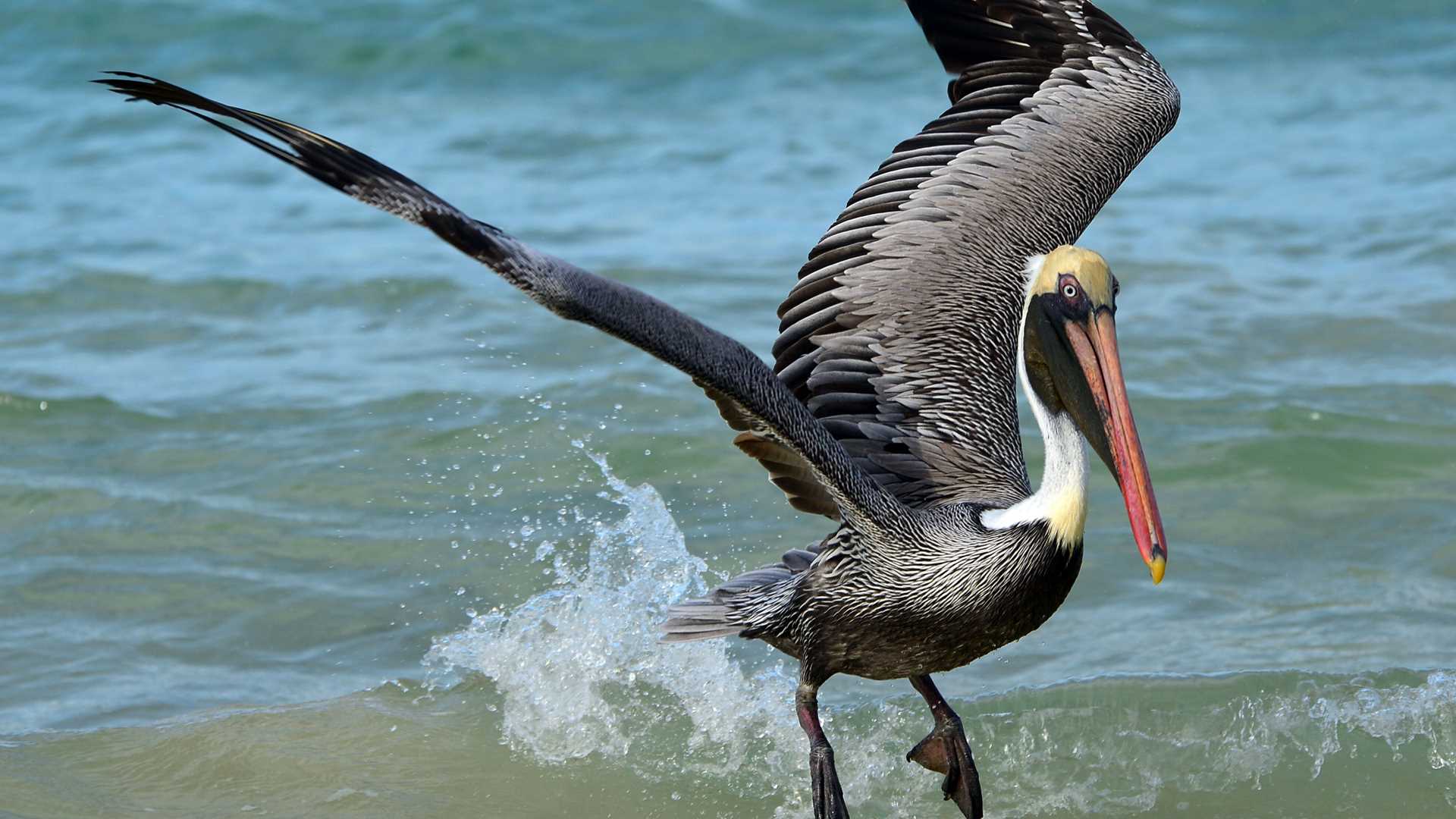Floreana, Charles, or Santa Maria, those are the three names given to this Island by different people who came to Galapagos at various times. The official name is Floreana, after the first president of Ecuador, who allowed General Jose de Villamil to annex the islands in 1832. Floreana was a favorite stop for sailors in the 18th and 19th centuries who came for fresh water to drink and for giant tortoises to eat. Among those visitors was Charles Darwin aboard the HMS Beagle in September 1835. Floreana was the first capital of Galapagos and the first to be colonized, partially for use as a penal colony. The island would continue to attract colorful characters, such as the Baroness and Dr. Richter who arrived in 1934, hoping to start a utopian community away from the difficulties of life in Europe at the time. In Floreana, they made a fresh start but unfortunately, things ended on a tragic note. The story has been chronicled in books and movies. More interesting to us is the beauty and biodiversity of Floreana. There is much to see, such as the Post Office barrel that once served as an informal mail service, and so much to do, including kayaking, snorkeling, and walking on the beach. Something for everyone.
6/9/2025
Read
National Geographic Islander II
Española Island
Today we had an incredible opportunity to explore Española Island, one of the most iconic and ecologically rich islands in the Galápagos archipelago. Our morning began with a peaceful kayaking session along the coast, where we enjoyed calm waters and beautiful scenery. We then jumped in for an unforgettable snorkeling experience, swimming alongside green sea turtles, playful Galápagos sea lions, and an impressive variety of colorful reef fish. After our aquatic adventure, we set foot on the pristine white sands of Gardner Bay, renowned as one of the top 20 most beautiful beaches in the world. The contrast of turquoise waters and bright sand was simply breathtaking. In the afternoon, we visited Punta Suárez, a truly magical and iconic site. Here we observed the unique courtship displays of the majestic waved albatross, one of the island’s most emblematic species. The trail also offered us fantastic views of blue-footed boobies, Nazca boobies, Galápagos hawks, and dramatic coastal blowholes. Española Island is the oldest of the Galápagos Islands above sea level. Today, its rich biodiversity and breathtaking landscapes reminded us why it holds such a special place in the heart of naturalists and visitors alike.







